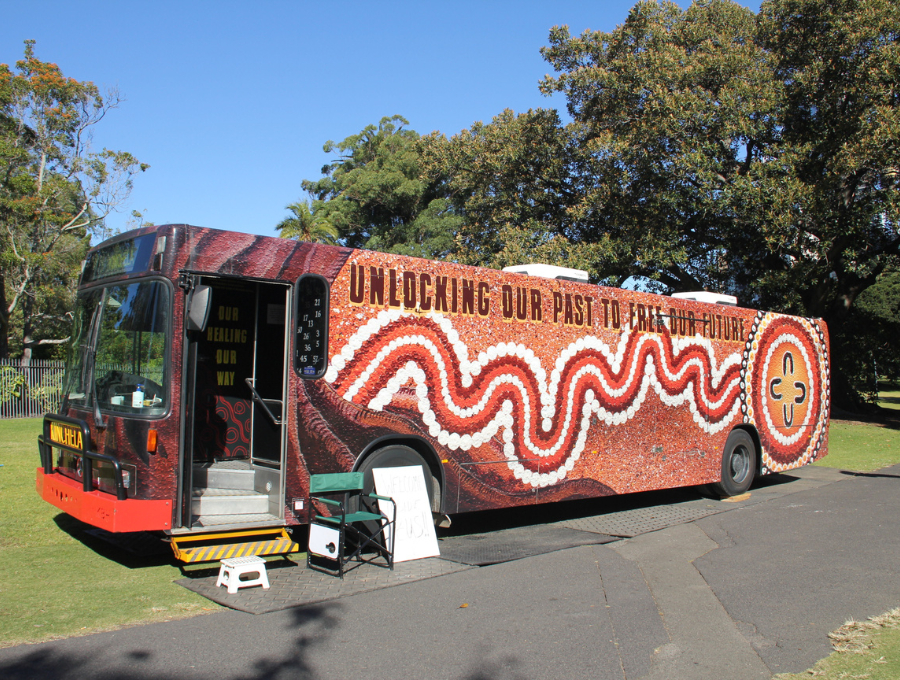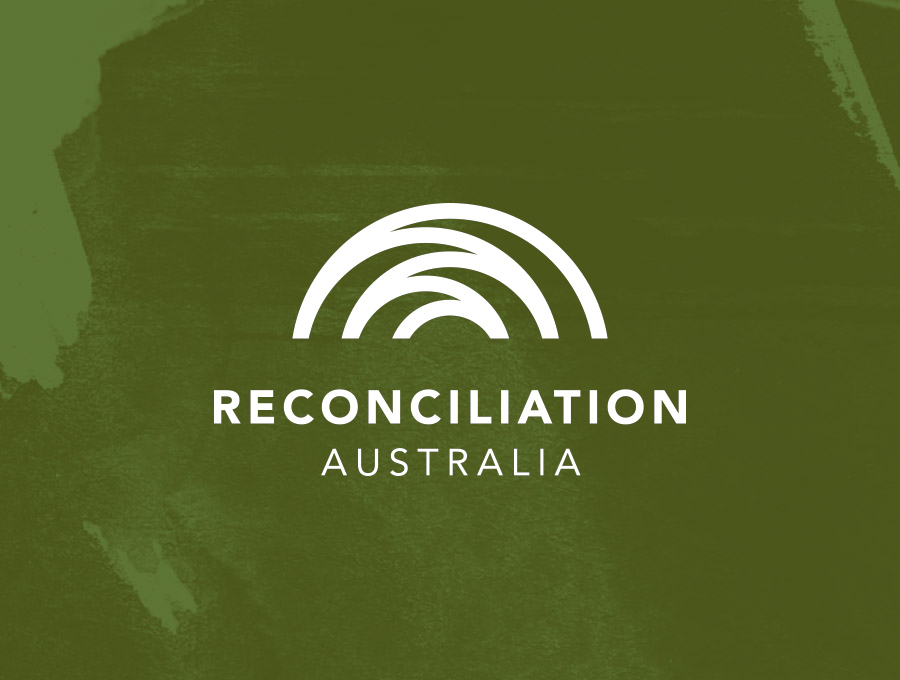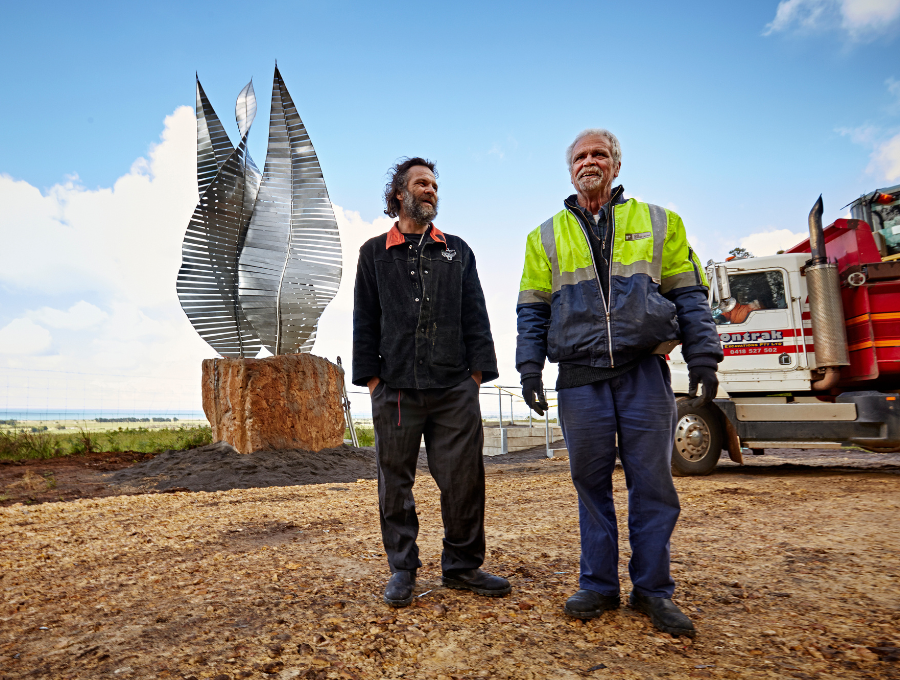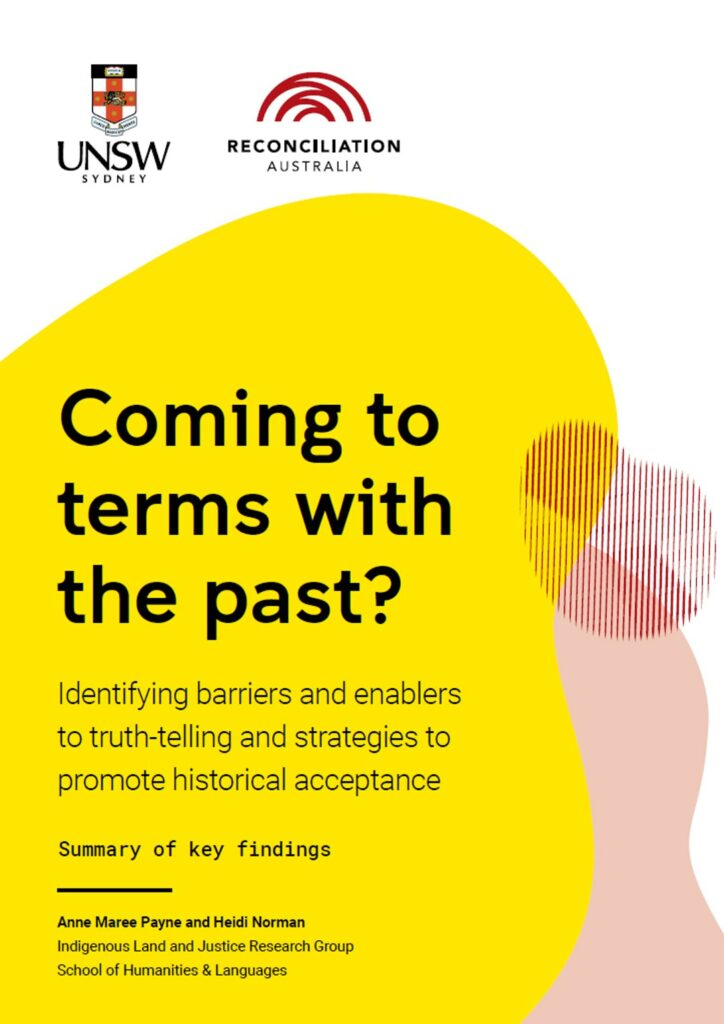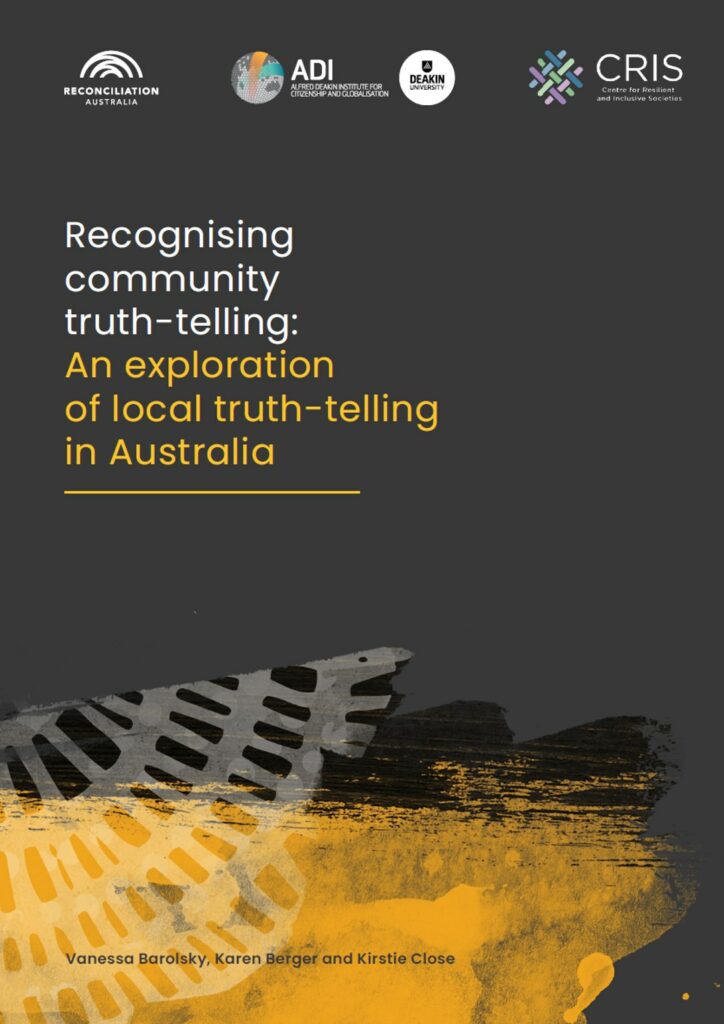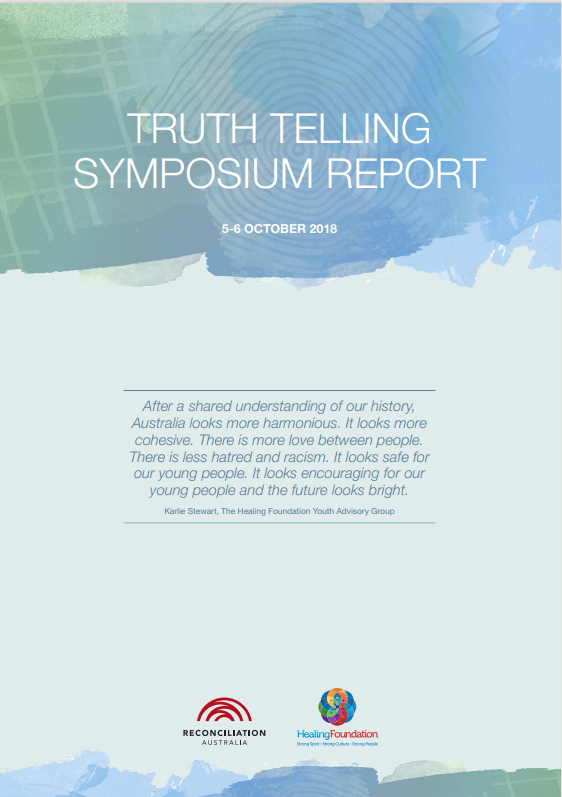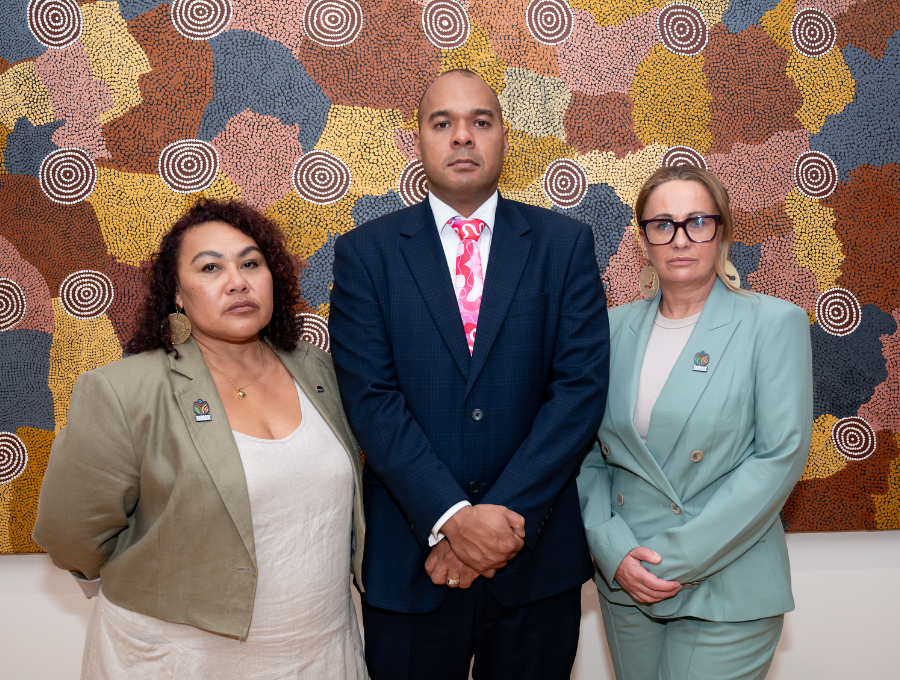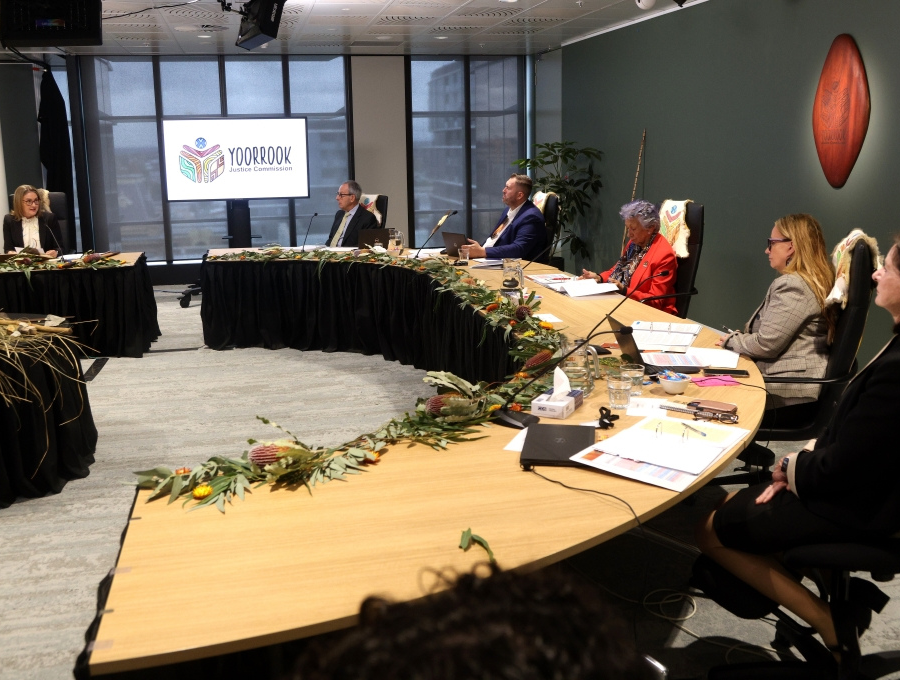Reconciliation Australia’s Community Truth-telling Pathways program supports action and change toward a more just and reconciled Australia through truth-telling activities.
Our approach to truth-telling
The program is framed by four guiding principles:
- First Nations community led truth-telling is Aboriginal and Torres Strait Islander centred and is responsive to the needs and aspirations of the First Nations people of that place. The motivations particular to each community inform the design, delivery and resource needs of truth-telling in that place. First Nations community led truth-telling also implies a collective and inclusive process in which the emotional and logistical labour is shared.
- Place based truth-telling speaks to the centrality of Country in the process. Place-based truth-telling can significantly advance grassroots reconciliation by improving local relationships and by triggering local action for change.
- Strengths focused truth-telling looks to generate respect and understanding of Aboriginal and Torres Strait Islander cultures and knowledge. It is about recognising and prioritising Indigenous strength, wisdom and skill in the truth-telling process.
- Action oriented truth-telling inspires participants to act to ensure injustices cannot continue or be repeated. Aboriginal and Torres Strait Islander people have repeatedly expressed that reliving their trauma through public truth-telling needs to deliver real change. Truth-telling is not to stir sympathy or provide entertainment but to spark understanding, action and change.
Place based truth-telling
This collection of case studies shows the many ways local community truth-telling initiatives in Australia are being realised and how these efforts contribute to reconciliation.
Truth-telling organisations
Pathways Logo
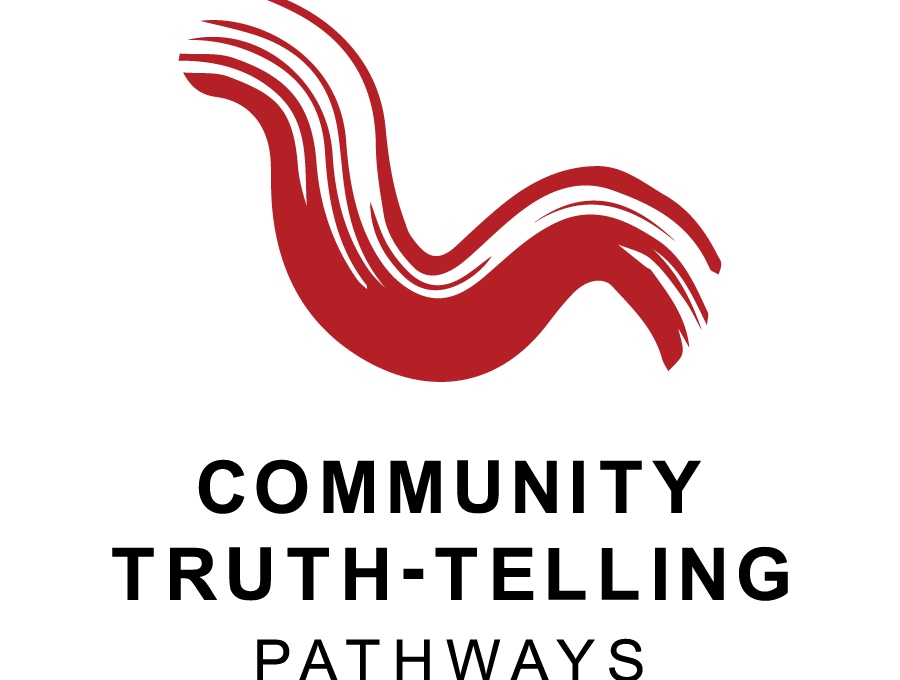
The Pathways logo, created by Gumbaynggirr woman, Sancia Janggalay, signifies the journey of truth-telling.
This pathway can accommodate and guide all of us, even though we may be at different stages of the journey and travelling it at different paces.
The concept of a pathway also speaks to the way in which new horizons appear as we journey further along the pathway of truth-telling together.
Truth-telling resources
Truth-telling news
Subscribe for updates
Get the latest news on Community Truth-Telling Pathways

